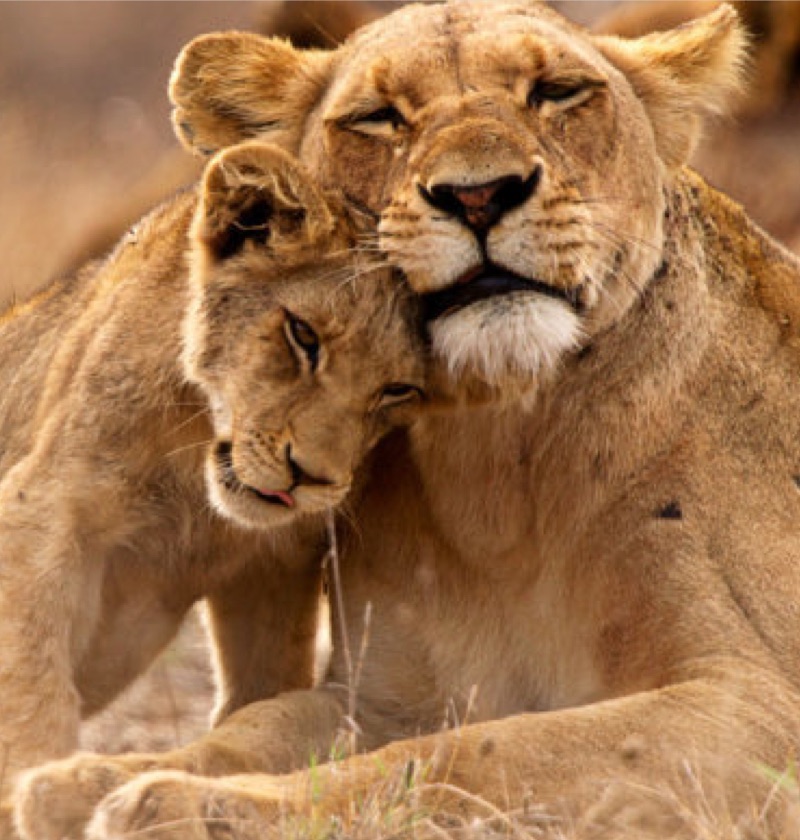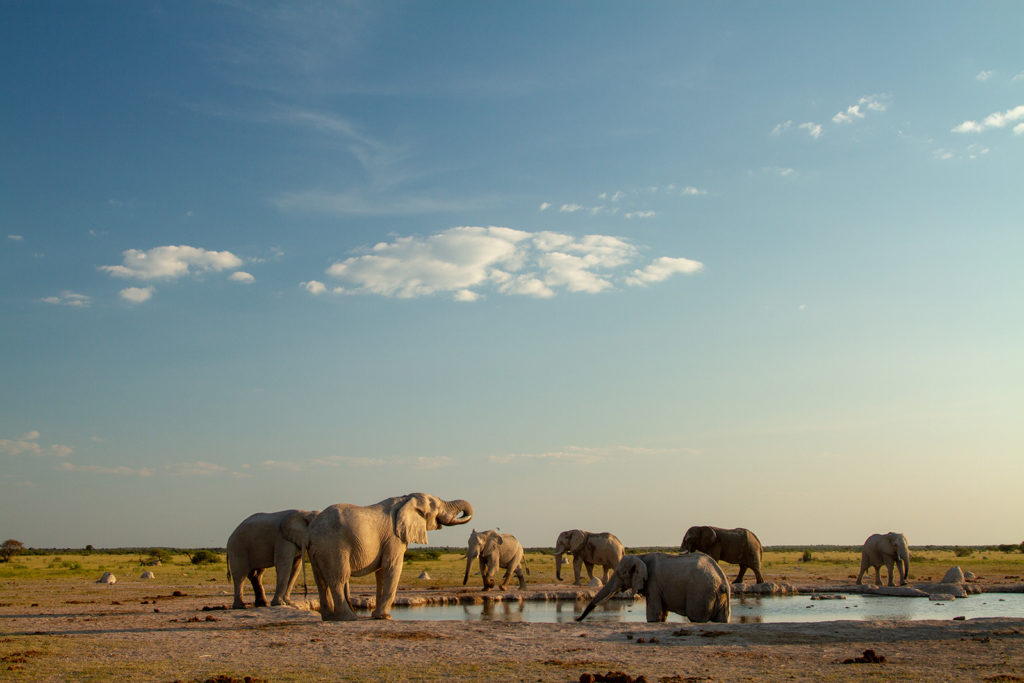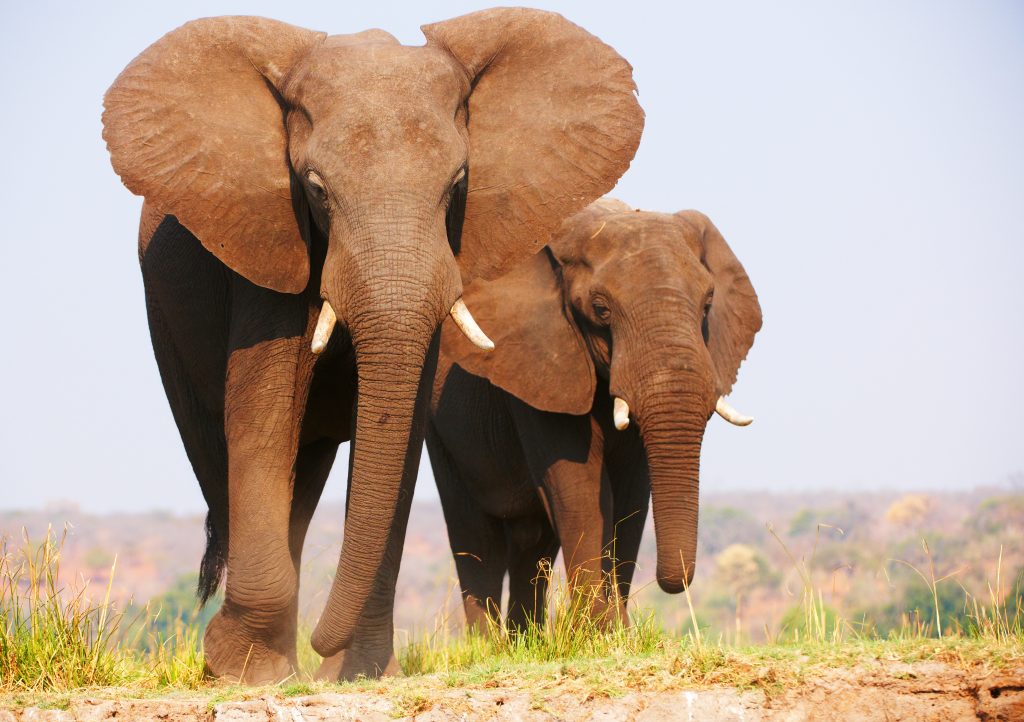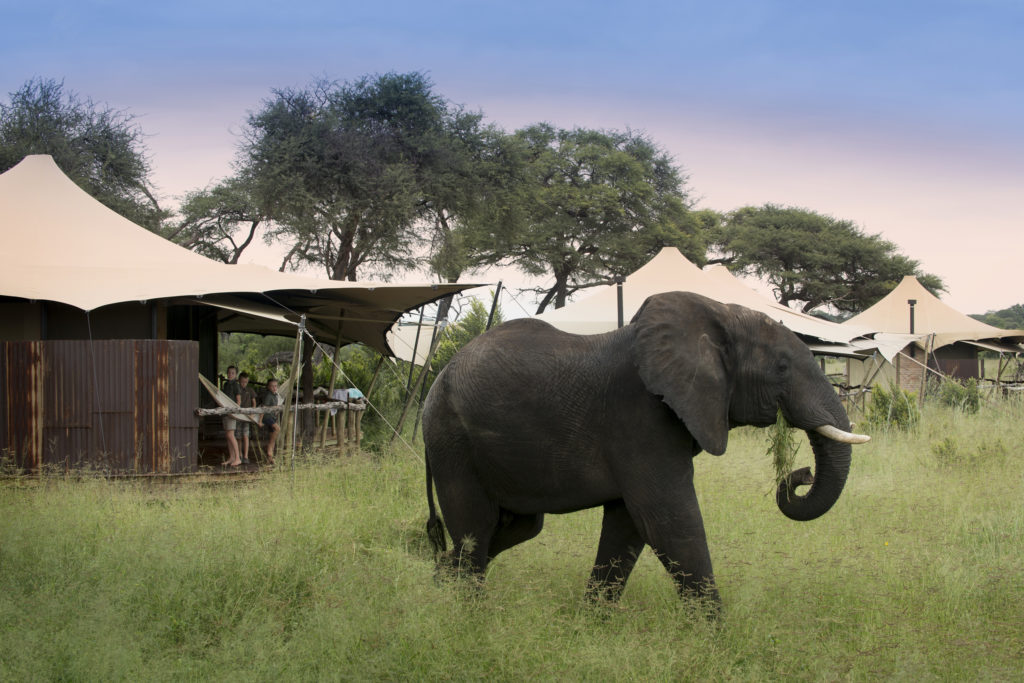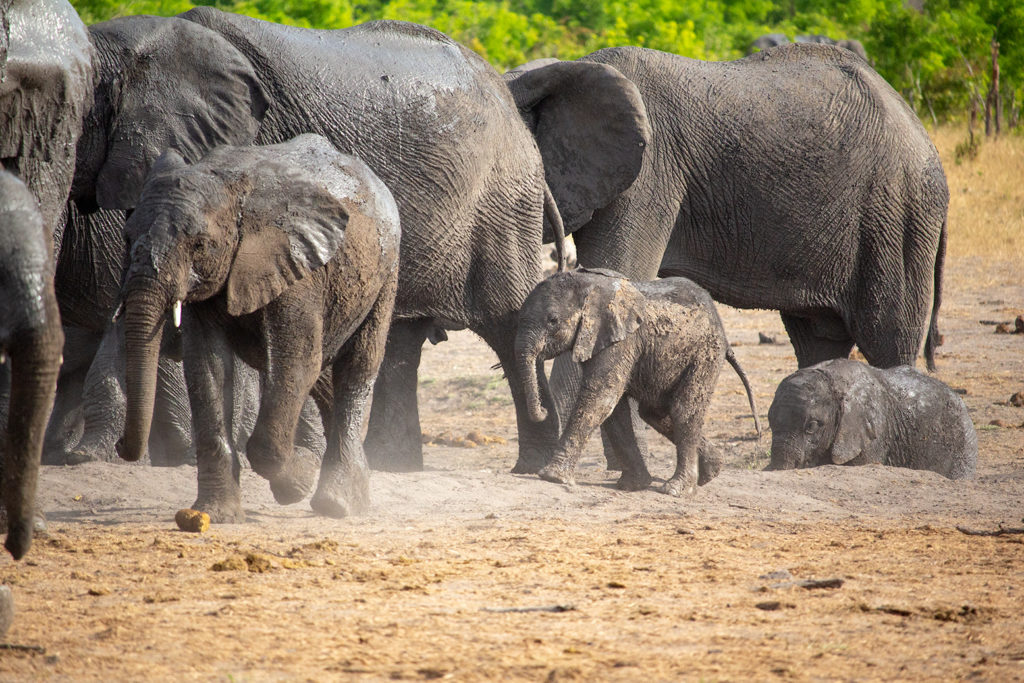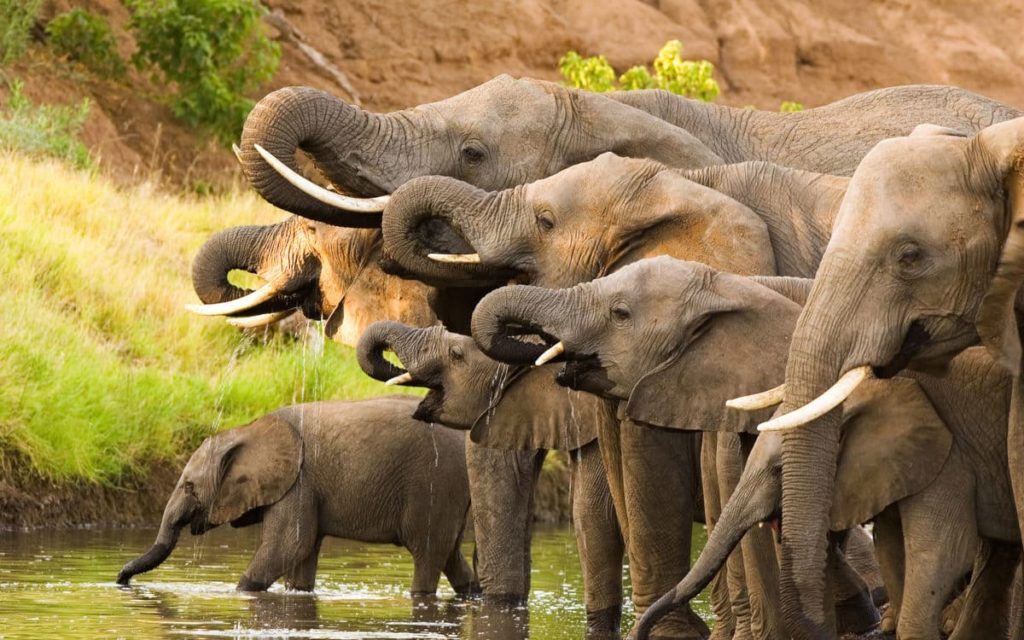The largest animals on earth are African elephants. They roam 37 nations in Africa with their herds. They can be identified by their trunk, which they use for both communication and day-to-day survival. Additionally, they might radiate extra heat thanks to their big ears. African elephants’ upper incisor teeth evolve into tusks during the course of their lives.
The savanna (or bush) elephant and the forest elephant are the two different species of elephant found in Africa. The tusks of savanna elephants bend outward, and they are larger than forest elephants. Forest elephants are smaller and darker, and their tusks are straighter and downward-pointing. The size and shape of the skull and skeleton differ between the two species as well.
Habitat
The African elephant or “ellie” as we’re fond of calling it, is the largest animals walking the Earth. They can be found across 36 countries in Africa, however the majority of their population is now located in Southern Africa, namely Botswana, Zimbabwe and Zambia.
In general, African elephants are found in areas with access to water, as they require a lot of water to sustain their large bodies. They are also found in areas with vegetation that can provide the large amounts of food they require to survive.
In forested areas, African elephants can be found in both tropical and subtropical forests, including rainforests, montane forests, and riverine forests. In savannah areas, they can be found in both dry and wet savannah, as well as in grasslands and scrublands. In desert areas, they are typically found near water sources such as oases or riverbeds. In wetland areas, they are often found in swamps, marshes, and floodplains.
African elephants are social animals and can be found in herds of varying sizes depending on the habitat and the availability of food and water. They are found in several African countries, including Kenya, Tanzania, South Africa, Botswana, Zimbabwe, and Namibia. However, due to habitat loss and poaching, the African elephant population has declined significantly in recent years, and they are now listed as vulnerable on the IUCN Red List of Threatened Species.




